Your Guest List – planning an outdoor wedding or reception
Planning an outdoor wedding or reception – The first place to start is to determine how many people your ceremony and reception sites can hold. You can easily find this out by asking the clergy and reception site manager. Invite too many guests and you could be cramped and in violation of local fire codes. If you are planning an outdoor wedding or reception, make sure you plan accordingly and have proper facilities and alternative sites in case of bad weather.

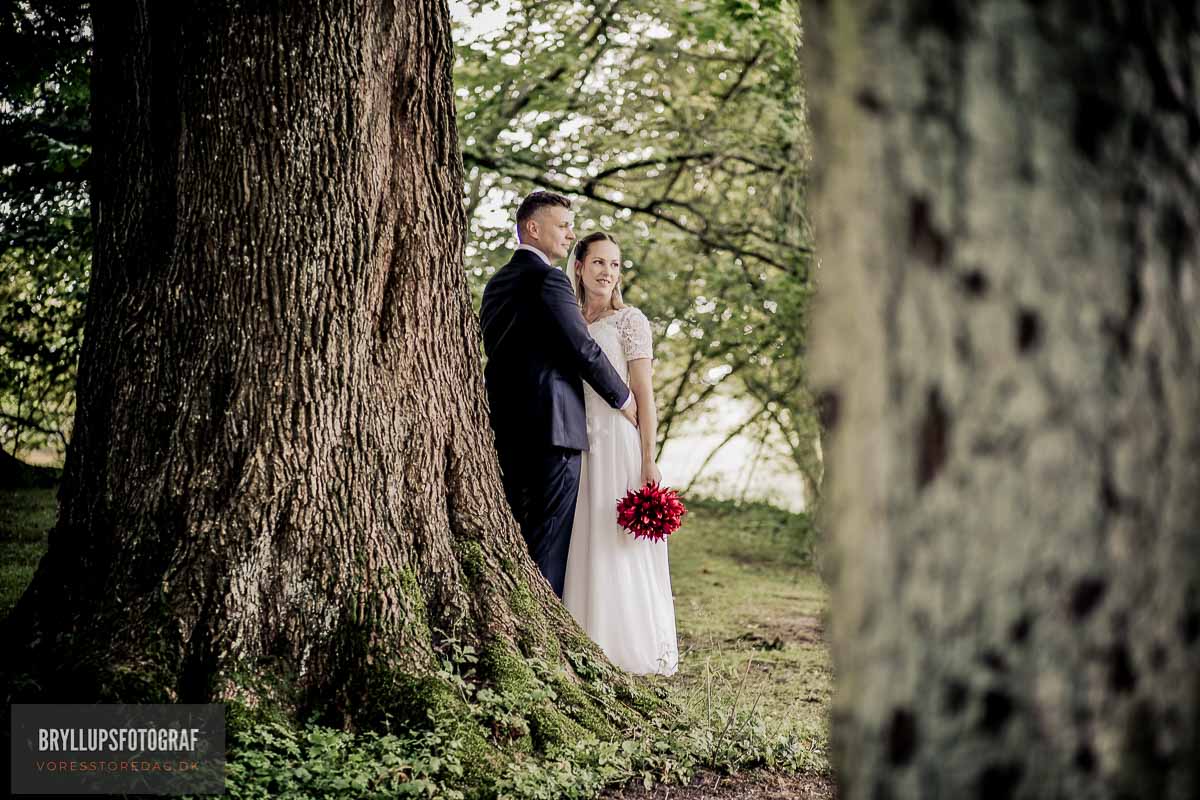


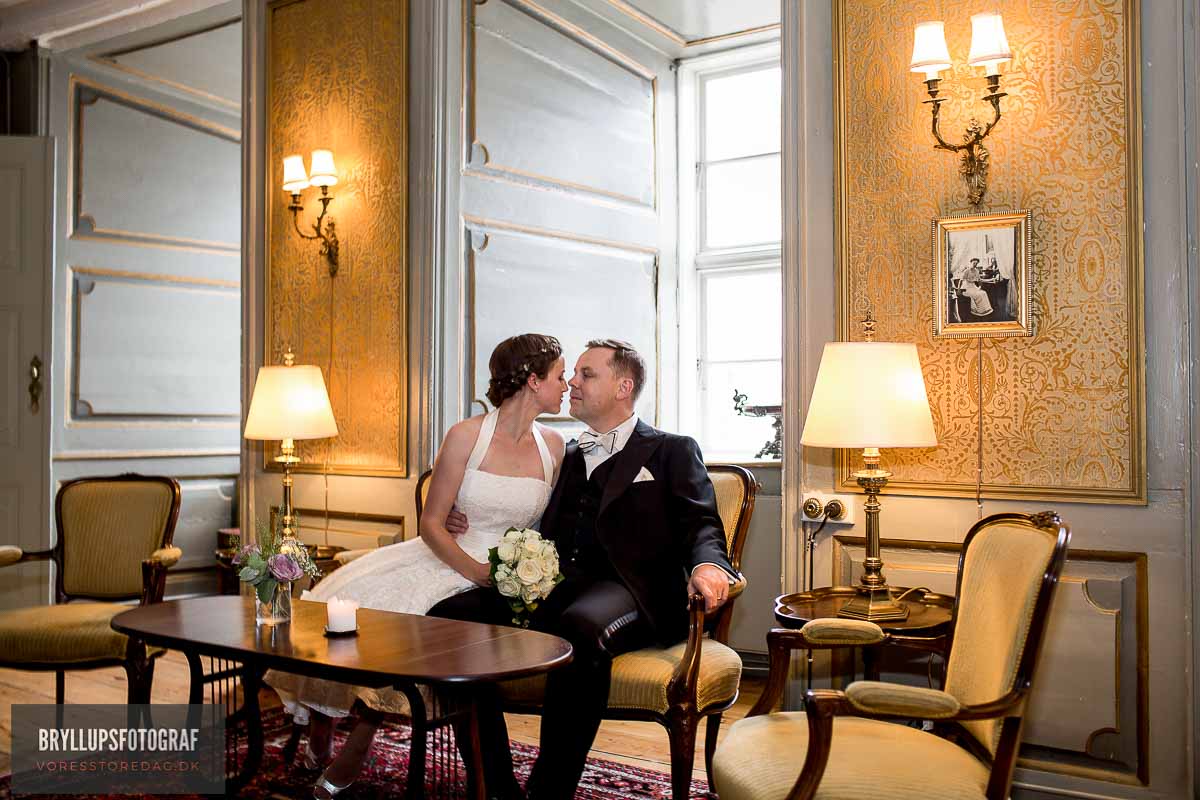

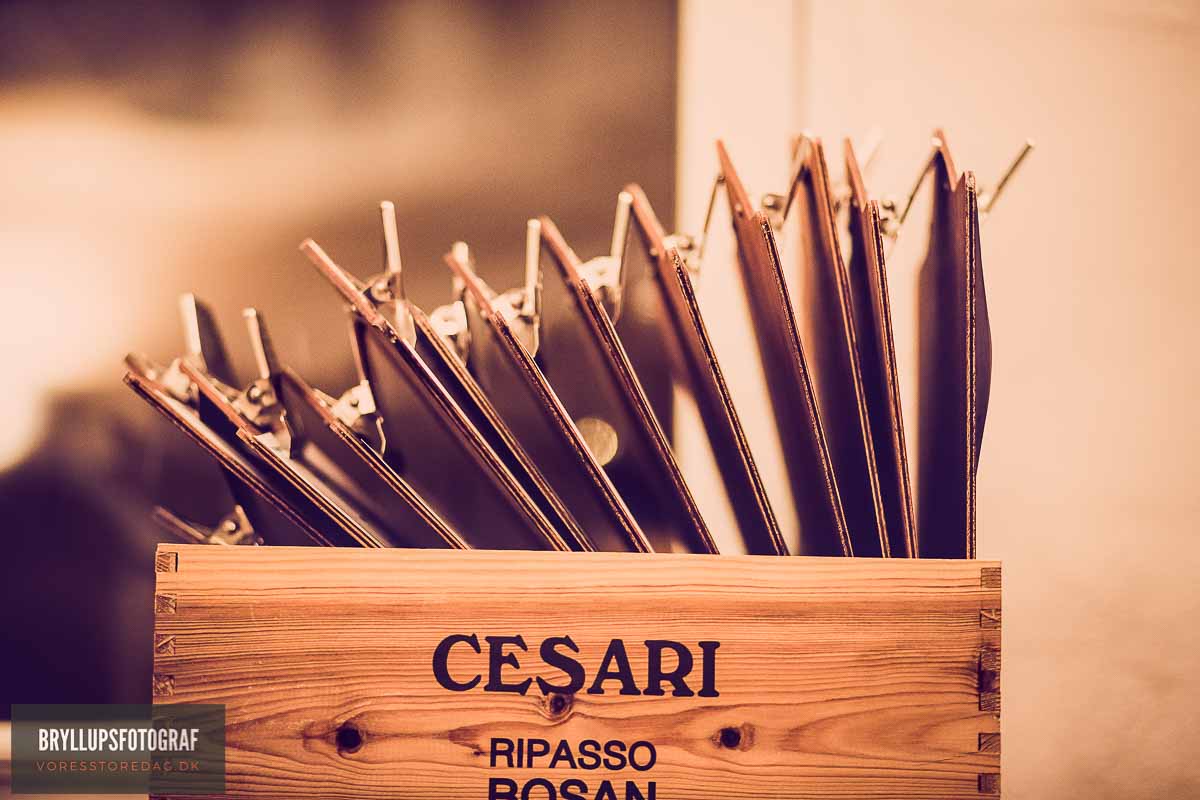


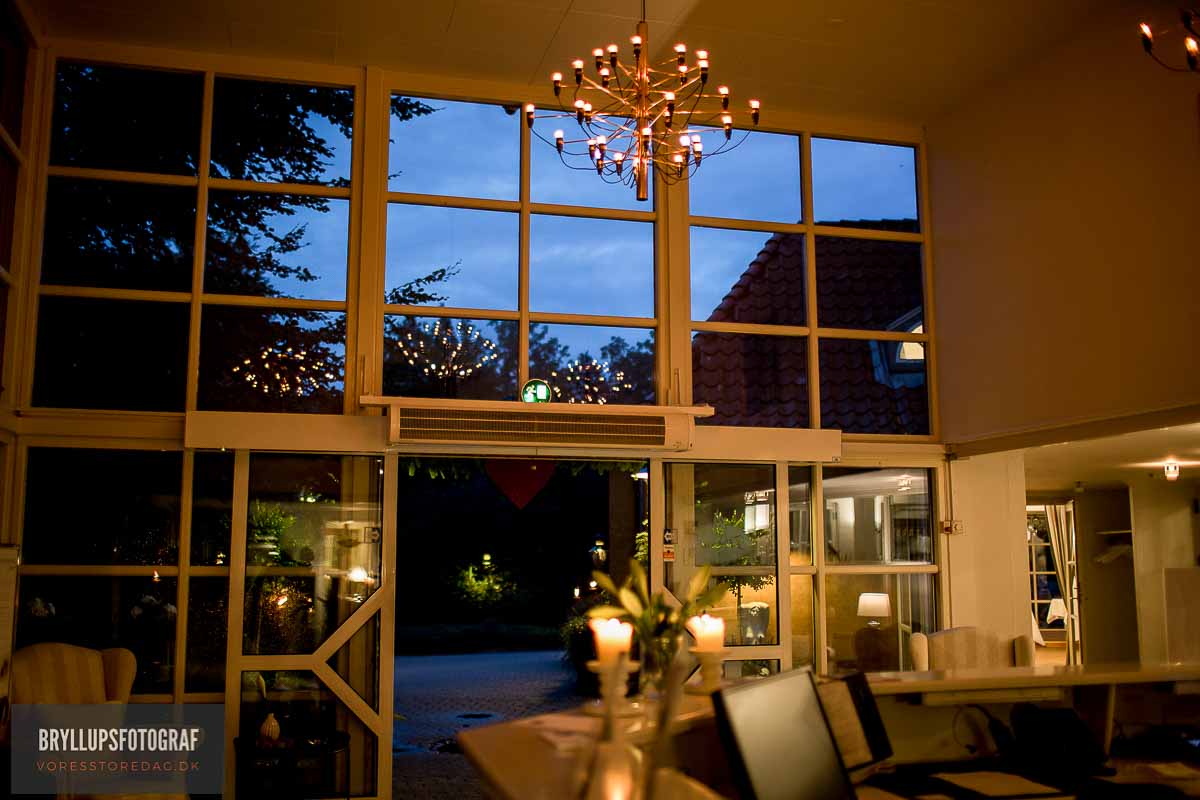


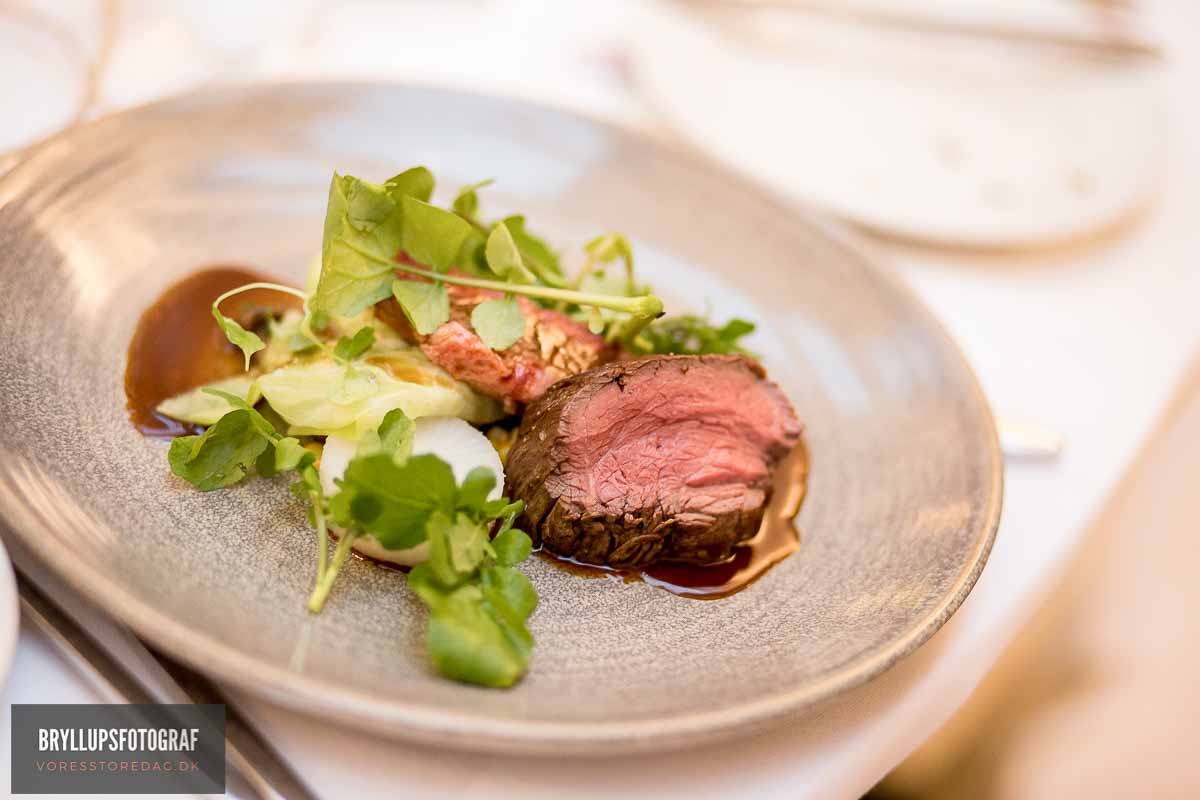
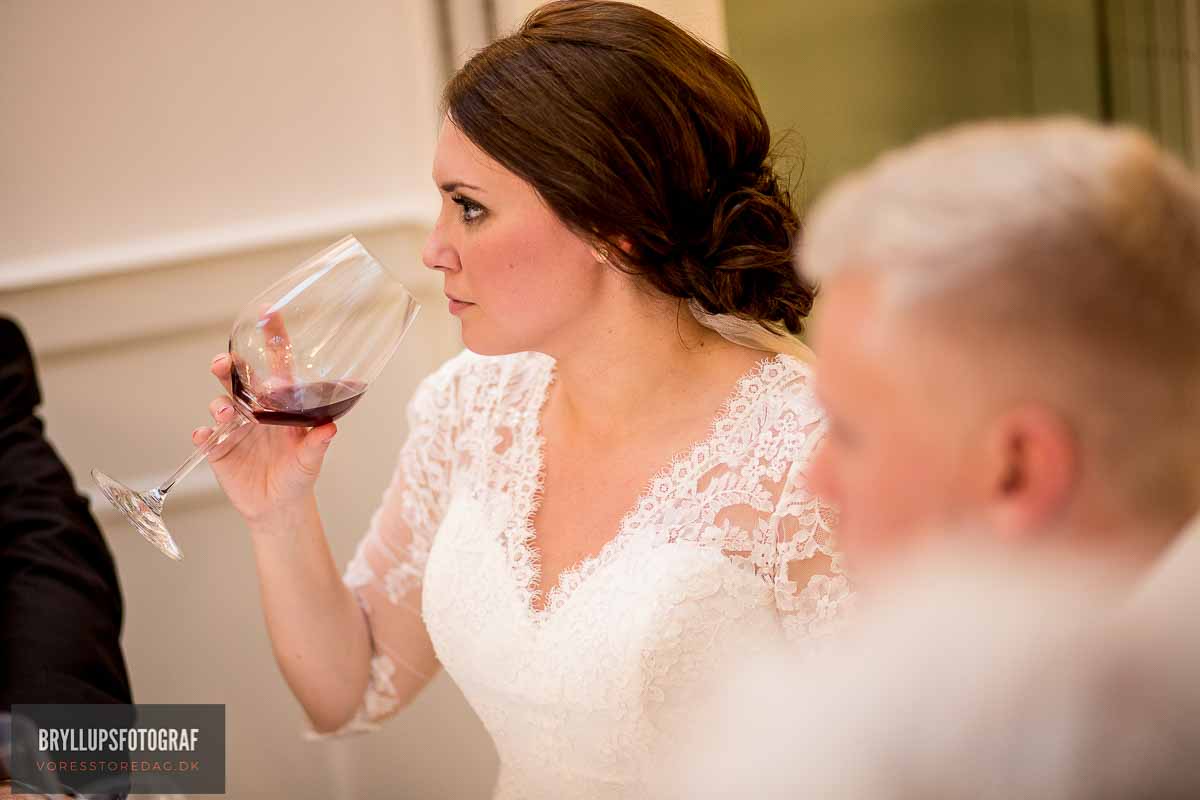

Another factor that can come into play is your reception budget. If you have a seated dinner and open bar you may need to limit the amount of guests. An alternative is to cut back and have a less elaborate reception to accommodate the costs of more guests. A buffet style dinner, cash bar and keg beer may fit more in line with the costs.
Once you have determined how many guests you can invite, you should divide the number in half or thirds. With halves, you can divide between both families, thirds you can divide between bride, groom and parents. Families and friends that live far away may not attend, you need to also consider this the equation and divide your list in other ways.
Who to invite?
Deciding on who to invite and who not to can be a major headache. You should make a short list in the beginning that includes immediate relatives and close friends. Be sure to include wedding party, officiant and any others directly involved with the wedding. It is not necessary for a friend whom is singe, or family member to bring additional guests. However, if you do wish to allow this, proper etiquette dictates you to include their name of this additional person on the inner envelope. Just including the words “and guest” is not deemed proper.
Once you have a base list of people you know you must invite, you can then expand on this list by adding more friends, coworkers, and business associates.
Wait! The list is too large now!
You can cut a list down by eliminating certain categories of people, business associates, social group or professional organizations. You may want to consider sending them a wedding announcement rather than an invite, or hosting an informal reception after the ceremony if you have many disappointed friends and acquaintances.
Kids or not?
Kids can add a lot of fun to a wedding, and also stress. Whether or not you include children in your wedding is up to you. Here are some things to consider:
Does the ceremony site have a separate room for children if they misbehave or cry?
A playroom and a baby-sitter might be a perfect combination to let the parents attend your service while the child plays. This is also a great consideration for the reception, have a room with toys, VCR and tapes, or a pool (if in a hotel). This gives the parents a chance to enjoy the reception a little more. A baby-sitter or two can be a blessing. Let your guests know a baby-sitter will be provided, especially if children are not readily invited.
You may also consider having kids meals at the reception. Talk with your caterer about fixing some fun foods just for the kids. Chicken, macaroni, cocktail franks, etc.
If kids are not included make it clear on your invitations by addressing the inside envelope to the parents only. Have friends and family discreetly let guests know children are not invited.
Choosing Your Invitation
Now that you have a your guest list, it is time to pick out an invitation. There are many invitation companies out there, you might check with several on style, price and quality. Ask to see books and samples to help you determine your style and what is available. Classic styles, contemporary, and photo invitations are some options.
Lettering styles can add variety and class, but can also add to the cost of your invitation.
Offset printing is the most affordable option. This is where the paper is pressed against a metal plate to create letters or designs.
Thermography or photo lettering may be a little more expensive. This process fuses ink and a printing powder to create a raised lettering style more classic to invitations.
Traditional engraving. Usually the top of the line, this process presses the paper onto a specially treated plate to emboss or “cut” the letters into the paper. The result is a lettering that is slightly raised from the page and embossed on the backside.
Font styles are another choice, when choosing a front pick one that is easy to read. Fancy fonts such as Old English Text (old English text) can be very hard to read. Pick a font that lends itself nicely to your invitation style.
Print colors again offer many choices. The standard classic is black, and many stationery companies do not charge additional for black inks. Color choices are offered in a rainbow of colors. You may also consider foil imprinting or pearlized print for an up charge.
You can have envelopes printed with return addresses, embossed, or lined with color.
Matching thank-you cards, R.S.V.P. cards and envelopes, envelope seals, napkins, matchbooks and special printing goods fall under your invitation order. When all is considered, it is not uncommon to spend a couple hundred dollars on invitations and all that goes along with them. Here are some places to cut the costs.
Sticking with white or ivory papers, colors usually cost more.
Stick with simple invitations. Invites printed with embossed papers, cut-outs and in-depth designs are more expensive.
Black inks cost less.
Oversized invitations and heavy papers may add to mailing costs.
Wording your Invitation
Before you put words to paper make sure you have the following information and it is correct. The date, time and day of the week your wedding is on. Correct spellings of names and addresses. Have an idea if you are going to request an R.S.V.P. or not.
Here are some sample wordings for you to choose, you may also wish to review many of the samples your invitation supplier may have. Remember to spell out everything in full.
Brides parents hosting:
Mr. and Mrs. Joseph Allen Smith
request the honor of your presence
at the marriage of their daughter
Sarah Jane
to
Jeff James Jones
Saturday, the first of May
at four o’clock
First Baptist Church
Middletown, IowaBride and groom’s parents hosting:
Mr. and Mrs. Joseph Allen Smith
and
Mr. and Mrs. Clay Jones
request the honor of your presence
at the marriage of their children
Sarah Jane
to
Jeff James Jones
Saturday, the first of May
at four o’clock
First Baptist Church
Middletown, IowaWhen the bride’s parents have divorced. The parents
whom raised you do the inviting. If that is your mother, and she has not remarried, then she may use both her maiden name and married names in the invitation (Mrs. Moon Baker). If she wants to drop the Mrs., she can, replacing it with her first name (Linda Moon Baker). It is also appropriate for her to use her first name, middle and married surname, along with Mrs. for example:
Mrs. Linda Maria Baker
requests the honor of your presence
at the marriage of her daughter
Sarah JaneWhen divorced parents jointly issue the invitation:
Mrs. Linda Maria Baker
and
Mr. George Lile Baker
request the honor of your presence
at the marriage of their daughter
Sarah JaneWhen the bride’s mother is remarried or widowed:
Mr. and Mrs. Robert Brown
request the honor of your presence
at the marriage of Mrs. Brown’s daughter…If you are very close to your step father, you may wish to choose the wording “their daughter”.
When the bride’s father is a widower:
Mr. George Lile Baker
requests the honor of your presence
at the marriage of his daughter
Sarah JaneWhen the bride’s father is remarried and doing the
inviting:
Mr. and Mrs. George Lile Baker
requests the honor of your presence
at the marriage of his daughter
Sarah JaneAgain, If you are very close to your step mother, you may wish to choose the wording “their daughter”.
Divorced parents sending two separate invitations may be an option if both parents want their names officially on the invitation but not written together. Have one invite to the ceremony and the other to the reception, both can be mailed in the same invitation.
Examples:
Ceremony Invitation
Mrs. Linda Maria Baker
requests the honor of your presence
at the marriage of her daughter
Sarah Jane
Ect…Reception Invitation:
Mr. George Lile Baker
requests the pleasure of your company
Saturday, the first of May
at five o’clock
Knights of Columbus Hall
Burlington, IowaWhen the brides parents issue an invitation and the grooms parents are divorced.
Mr. and Mrs. Joseph Allen Smith
request the honor of your presence
at the marriage of their children
Sarah Jane
to
Jeff James Jones
son of
Mrs. Paula Ann Jones
and
Mr. Clay Scott JonesThe bride and groom are hosting their own wedding.
The honor of your presence
is requested at the marriage of
Miss Sarah Jane Smith
to
Jeff James JonesHave any questions? Please e-mail us and we can provide wording for many other situations.
Beyond the Invitation
There are more than just the invitations, here are several things your stationer can provide and you may wish to consider.
Engagement announcements – these can be mailed to friends and family as a formal announcement of your engagement.
Engagement part invitations If your parents are hosting an engagement party.
Wedding Announcements These announcements are sent to people whom are not invited to the ceremony or reception but who will still want to know about your wedding. Business associates, faraway friends, coworkers or social club friends. They should follow the same format as the invitation and addressed and mailed immediately after the wedding.
Wedding Invitations including any inserts such as:
Reception Cards
R.S.V.P. Cards these cards should include a return envelope and stamp. Traditionally, these cards are not used with formal invitations.
Map Cards These cards will help aid your guests in finding the ceremony, reception and hotels.
Hotel accommodation Cards you may request these from your hotel.
Rain Cards These cards inform guests attending an outdoor wedding where to go in case of bad weather.
Transportation Cards These cards let guests know about wedding day transportation arrangements you have made, such as buses or vans to pick and deliver them from hotel to ceremony and reception.
Parking Cards indicate parking arrangements and locations.
Between-the-ribbon Pew Cards
Table Cards lets guests know of your seating arrangements at the reception.
Place Cards usually are set to reserved tables for the parents, grandparents and special guests you are reserving a seat for.
Luncheon Invitations
Wedding Programs
Matchbooks, napkins, paper coasters, etc.
Thank-you Cards
Rehearsal Dinner Invitations
New Address Cards
Note Paper
Bachelorette and Bachelor Party Invitations
Addressing, Assembly and Mailing
Addressing your invitations by hand is the traditional and most personal way. However, if you have poor handwriting you may wish to ask a friend or hire a calligrapher or secretarial service. More and more we are seeing the use of computers for outer envelope addressing, although not recommended, it is becoming increasing more popular. We do still recommend hand addressing the inner envelopes. Do not use a typewriter.
Write out all names, streets, states, Etc. Only abbreviate Mr., Mrs., Ms., Jr., and Dr.
If several members of the family are invited, avoid the use of “and Family.” Address the outer envelope to the heads of the family and list everyone on the inner envelope.
When a female guest is divorced, you have a variety of addressing options. If she still uses her married name, you can address the envelope using that name, or use a combination of her married and maiden names. If she uses her maiden name address accordingly.
Address a widow with her late husband’s name: Mrs. Ralph P. Baker
Single women or girl address as: Miss or Ms.
Boy younger than thirteen: Master James McNeil
Assembling your invitations
If your invitations are folded, insert them into the inner envelope with the folded side inserted first with the typeface toward the back of the envelope. You want a folded and non-folded invitation facing so that the side with lettering will face the recipient when removed.
Place inserts such as reception cards, RSVP cards and maps, on top of the printed side of the invitation.
The inner envelope remains unsealed and placed in the outer envelope so that the guest’s name is visible then the outer envelope is opened.
Mailing your invitations
Be sure to have at least one or several of your completed invitations weighed for postage. Once determined, ask the postal attendant for stamps that may convey your wedding style; hearts, love stamps, doves, flowers…
Mail invitations six to eight weeks prior to the wedding.
RSVP Central
Donít let the idea of R.S.V.P.ís leave you scared.
If you find you are receiving a lot of regrets, make up a list of other people you would like to invite and send them invitations. It is okay to send invitations two to three weeks prior to a wedding.
If you have not heard from some guests, you may want to do some phoning. Ask family and friends to help. It is important that you have a close head count for your caterer and more so if you are having a sit down meal at the reception.
